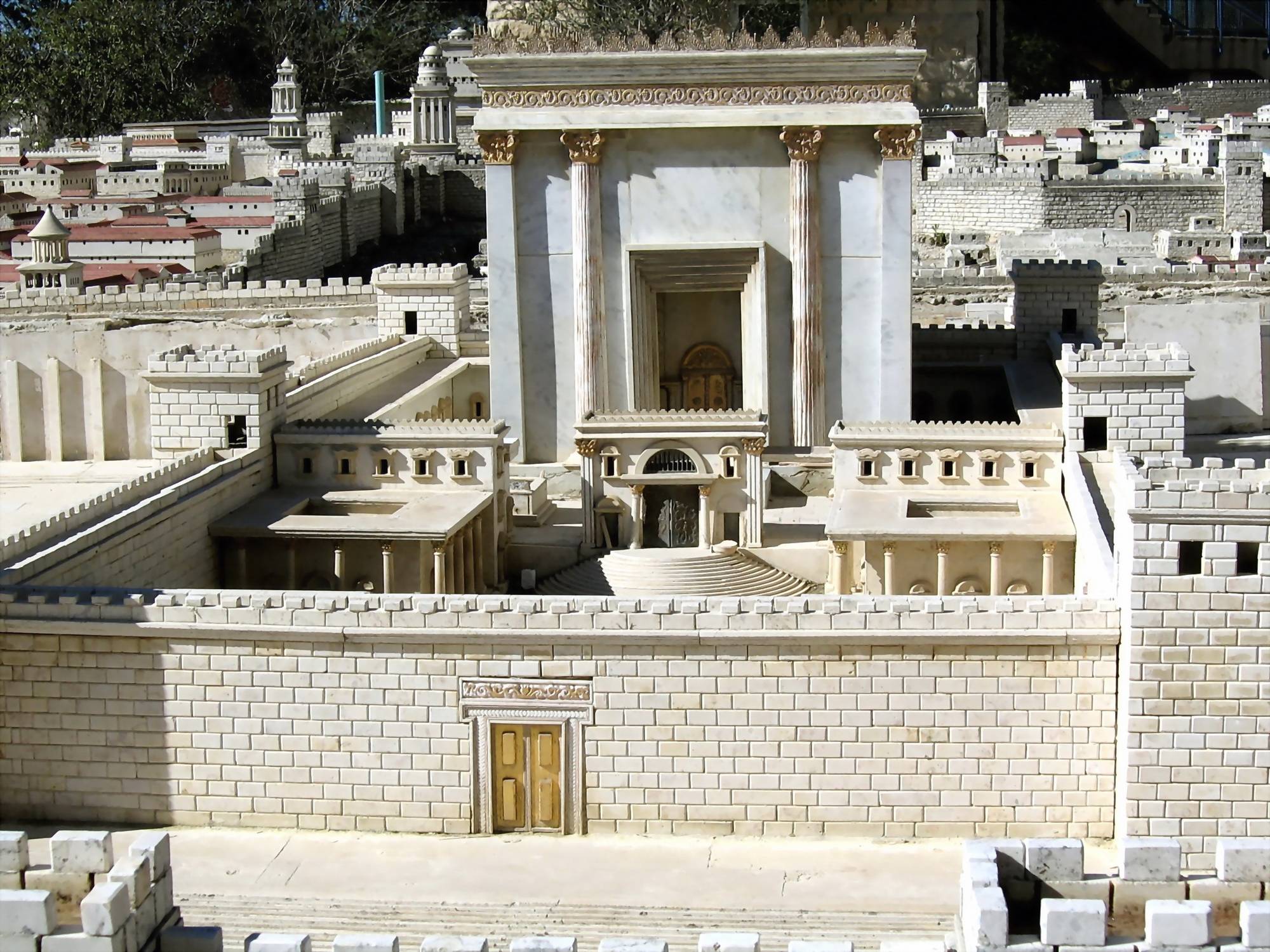It is no secret that Napoleon Bonaparte, the famous conqueror and ruler of France, was well disposed toward the Jews and went to great lengths to bring about complete equality for the Jews in France.
He is said to have told his personal physician, Dr. Barry O’Meara:
“My wish was that the Jews be treated as brothers, as if we were all part of Judaism.”
[According to Dr. Ben Weider (1923-2008, Canadian historian and best-selling author), Napoleon had signed a proclamation during the siege of Acre in 1799 that the Holy Land would be transformed into an independent Jewish state after its complete conquest (the conquest of the Holy Land by the French was prevented by the British).]
Napoleon was heavily criticized for his positive attitude towards the Jews in France and abroad, and the Russian Orthodox Church even officially called him the “Antichrist” and the “Enemy of God”.
According to a popular legend, Napoleon was walking through the streets of Paris one summer evening when he suddenly heard heartbreaking weeping and sobbing coming from the synagogue. Curious, he entered the synagogue and was greeted by a bizarre sight:
The normally light-filled prayer room was dimly lit by a dozen candles, and the atmosphere was somber. The entire Jewish community was gathered in the synagogue, weeping and wailing as they sat on the floor.
Astonished, Napoleon asked one of his Jewish officers: “What tragedy has happened to you that you are mourning so much?”
“Today is Tisha B’Av (the 9th of Av), and we are mourning the destruction of the Temple in Jerusalem” the officer replied.
“How is it that I, the Emperor of the French, was not informed of the destruction of the Temple in Jerusalem?” Napoleon rebuked his aides.
The Jewish officer hastened to reassure the temperamental conqueror: “Your Excellency, the Temple in Jerusalem was destroyed over 1700 years ago…”.
Napoleon was visibly impressed and then uttered the famous phrase: “A nation that mourns like this will surely return to its land and see its temple rebuilt.”
But this legend has several versions:
According to another version of the incident, Napoleon, pointing to his sword, wondered if tears alone would bring back the temple.
Opinions differ as to which of the two versions is correct, and whether this event ever took place.
Be that as it may, we find a similar saying in the Talmud (Taanis 30b):
“Everyone who mourns [the destruction of] Jerusalem will have the merit of seeing [Jerusalem] in joy“
The question that comes to all of us when we study this Talmudic passage, and which I would have asked the Jewish officer had I been Napoleon, is why was/is the destruction of the Temple so tragic for the Jewish people that we still mourn this event to this day, almost 2000 years later?
Truly, the Second Temple (of Hordus) was a magnificent work of architecture made of gold and marble, and its beauty was breathtaking. Indeed, the Temple is described in the Talmud (Zevachim 54b) as “the beauty of the world,” and in another passage in the Talmud (Sukkah 51b) it says: “He who has not seen the building of Hordus [the Temple] has never seen a beautiful building in his life.
Have we only mourned a beautiful building for nearly 2000 years?
In 70 A.D., not only was the Temple destroyed, but most of the Jewish people were deported to the Roman Empire. The destruction of the Second Temple marked the beginning of the Roman Exile, which continues to this day.
With the loss of their homeland, the Jewish people wandered from country to country, helplessly at the mercy of numerous persecutions, expulsions and pogroms. Since then, the pages of history have been stained with Jewish blood – the Crusades, the Spanish Inquisition, the Holocaust and more recently October 7th, to name but a few.
On Tisha B’Av, we mourn not only the destruction of the Temple 2000 years ago, but also all the suffering the Jewish people endured in exile and continues to endure today. The Kinnos recited on B’Av also deal not only with the destruction of the two Temples, but also with later tragedies, such as the destruction of the ShUM cities during the First Crusade. The last two kinnos, written by Rabbi Schlomo Halberstam (1908-2000) and Rabbi Schimon Schwab (1908-1995), deal with the Holocaust. And Rabbi Yosef Zvi Rimon just wrote a kinah for October 7th.
But there is another reason for mourning on Tisha B’Av:
According to legend, the Greek philosopher Plato accompanied the Babylonian king Nevuchadnezzar on his campaign against Israel. After the destruction of the (first) temple, Plato met the weeping and mourning prophet Yirmiyahu in the ruins of the destroyed temple. He asked the prophet for permission to ask him two questions:
First, how is it that such an eminent and intelligent scholar and revered prophet as he is mourning a building made of wood and stone?
Second, what is the purpose of all these tears when the temple has already been destroyed?
Yirmiyahu teaches us that the Temple in Jerusalem was much more than just a magnificent building, it was the Divine residence in the earthly world. The Temple was the bridge between the worlds and the connection between Hashem and the Jewish people. In this place, the Shechinah was obvious and tangible.
Three times a year, the entire Jewish people gathered for the Shalosh Regalim on Pessach, Shavuos and Sukkos to strengthen and renew their connection with Hashem.
On Yom Kippur, all visitors to the Temple saw with their own eyes how the red band on the ram’s head turned white, a sign that Hashem had forgiven the Jewish people for their sins.
Since the destruction of the Temple, the Shechinah has no resting place in this world and the closeness between Hashem and the Jewish people is no longer the same as it was in the days of the Temple. We feel this distance every day when we find it difficult to fulfill the commandments of the Torah and to recognize Hashem in our lives.
Therefore, for us, the destruction of the Temple is not a historical event that took place almost 2000 years ago, but a daily reality.
But what do we achieve with the mourning and all the tears shed?
Hashem allowed the temple to be destroyed because the Jewish people did not value their closeness and connection with Hashem enough.
Our mourning and tears on Tisha B´Av testify to how important closeness to Hashem is to us and how much we suffer from not being able to have this intimate relationship with Hashem.
“A nation that mourns like this will surely return to its land and see its Temple rebuilt.”




